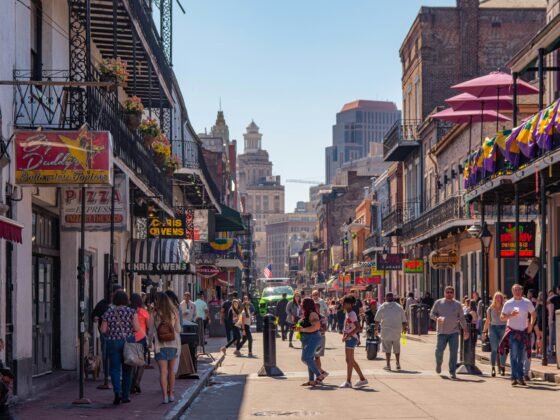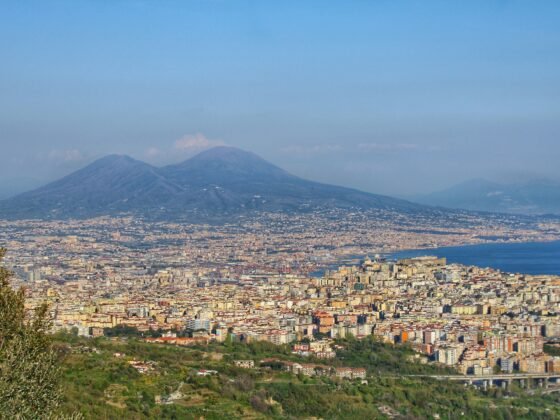My name’s Jules and I have a confession; I am a curryholic! I secretly look forward to autumn and winter as it’s the perfect excuse to eat warming curries such as dansak and madras. The UK celebrates over 200 years of Indian restaurants this month with a dedicated National Curry Week and in honour of the delicious cuisine, I proudly present a short guide to some of the best curry dishes on earth;
Britain
Curry has played a major role in British cuisine since the coronation of Queen Elizabeth II in 1953. Coronation Chicken was made for the royal banquet and consists of curried chicken chunks and a spiced mayonnaise based dressing. It can be eaten as a salad or in a sandwich and enjoyed something of a revival this year for the Queens Diamond Jubilee festivities.
Chicken Tikka Masala is considered “a true British national dish” and can be found in all of the popular restaurants. This recipe consists of chicken that has been marinated in yogurt with curry and baked in a tandoor oven. The chicken is then placed in a spicy masala sauce. The sauce usually contains tomato puree, coconut cream, curry and various other spices.
South India
Almost every recipe in the regions of South India contains curry; for breakfast, lunch and dinner. Most of the meat based dishes are heavily spiced. The most common ingredients include: mustard seeds, curry leaves, red chilies and onions that are fried in hot oil. The region of Kerala is known for their traditional vegetarian dish Sadya. This meal is served over rice and with numerous side dishes such as Rasam or Aviyal. Keralan curries tend to reply on coconut milk quite heavily, with a thick sweet taste.
Another traditional dish is Potato Paal Curry. This potato stew consists of potatoes, coconut milk, green chili, onions and curry leaves. This semi-thick stew is usually prepared in a pressure cooker and often is served with milk bread known as Palappam. In fact it’s said that there are over 100 hundred dishes in existence made from potato alone. Curries in Goa tend to be quite hot, think Vindaloo, as a throwback to Portuguese rule.
North India
There are many differences between the cuisine of north and south India but the most obvious one is the use of unleavened breads in the northern regions. One of the most popular dishes is Kadhi and it is often served with an Indian flatbread known as Roti. Kadhi consists of thick chickpea flour gravy with Pakoras (vegetable fritters) and sour yogurt to give it some zing.
In the Gujarati region, Kadhi is made with buttermilk instead of yogurt and the Sindhi version uses tamarind pulp instead of yogurt. Another variation of this dish is Bhinda ni Kadhi where okra and other vegetables are added to the basic recipe.
Finish off with some sweet curd balls, Gulab Jamun for dessert or maybe try some Halva. There are Indian ‘sweet’ shops in most major cities selling speciality desserts, which I warn you are very moreish but are deadly to the waistline!
Japan
Curry is one of the most popular meals in Japan but depending upon the region it is served in, the meats will vary. North and eastern Japan prefer pork, western Japan prefers beef and southern Japan prefers to use chicken. The basic Japanese curry recipe consists of seasonings, celery, potatoes, onions, vegetables and meat but occasionally honey or apples are added to sweeten up the taste.
Other popular recipes include: Katsu Kare or curried rice with breaded pork cutlet, Kare Udon or curry soup with thick noodles and Kare-pan or battered bread with a curry center that is deep fried. Curry is used so often in recipes that it is sold in a brick form that dissolves when it is cooked with the meats and vegetables.
Indonesia
One of Indonesia’s most popular curry dishes is Gulai. The best part of this recipe is the wide variety of meats such as water buffalo, chicken, beef or goat that is used. Seafood Gulai can contain mussel, crab, prawn, clam, or squid just to name a few. Unique vegetables such as jackfruit or cassava leaf are added and it is served in a thick, spicy curry sauce.
Opor is not only the name of the dish but it also refers to the way it is cooked in coconut milk. The main ingredient is usually chicken, beef or eggs with a mixture of spices that include candlenut, shallots, lemongrass and palm sugar just to name a few. After the meat is braised it is cooked on an open flame until it has a soupy consistency.
The Caribbean
The Caribbean Islands have always been known for their spicy and unique cuisine but they have become famous for their Curry Goat Stew. This stew consists of curried goat with bones, red lentils, Serrano peppers and sherry. It is commonly served with rice and fried plantains.
Another popular dish is Wrap Roti or locally known as Roti. This is a Dhal Puri roti (split pea filled flatbread) with a curry stew folded within it. The stew filling contains a thick curried sauce with potatoes and various meats such as duck, goat, shrimp, conch, chicken or beef.
National Curry Week 2012 will celebrate over 200 years of Indian Restaurants within the UK with a week-long festival of all things spicy from 8 to 14 October. Obviously tucking into your favourite curry is a treat but the week-long festival also aims to raise awareness of worldwide victims of disaster and hunger. The Curry Tree Charitable Fund aims to raise aware and funds for projects in the sub-continent, so whether you’re a korma kind of girl or a Jalfrezi kind of guy, make sure you do your bit!
Germany
Currywurst was actually one of the first “fast foods” to contain curry. Currywurst is a sliced pork sausage that is steamed and then fried. It is served with a warm curry-ketchup and french fries or bread rolls. It is commonly sold at concession stands and food carts. This sauce is actually bottled and can be purchased in grocery stores.
In restaurants and at family gatherings a different German curry sauce is usually made. This curry sauce contains crème fraiche or sour cream, curry, lemon juice and pepper. It is served chilled with meat fondues, apple-meat patties and various grilled chicken entrees.












